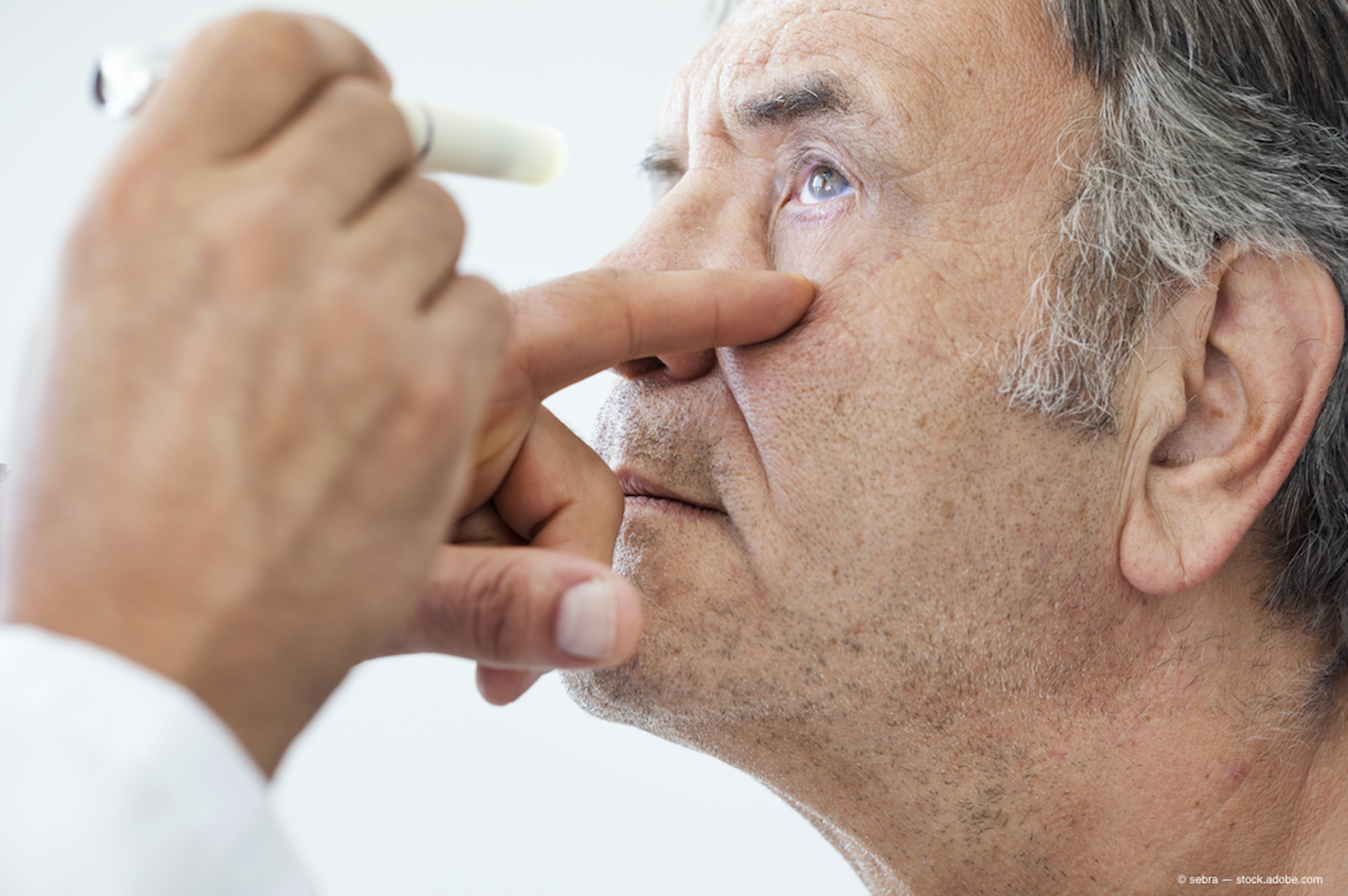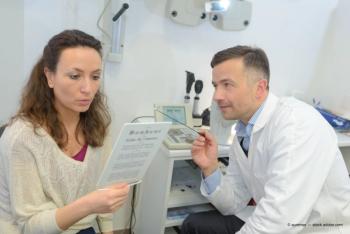
My interest in refractive surgery started in 1976 when my good friend and fellow University of Southern California (USC) ophthalmology resident Rick Villaseñor returned from his course in keratomileusis surgery with Jose Barraquer in Bogota, Columbia.














































.png)


